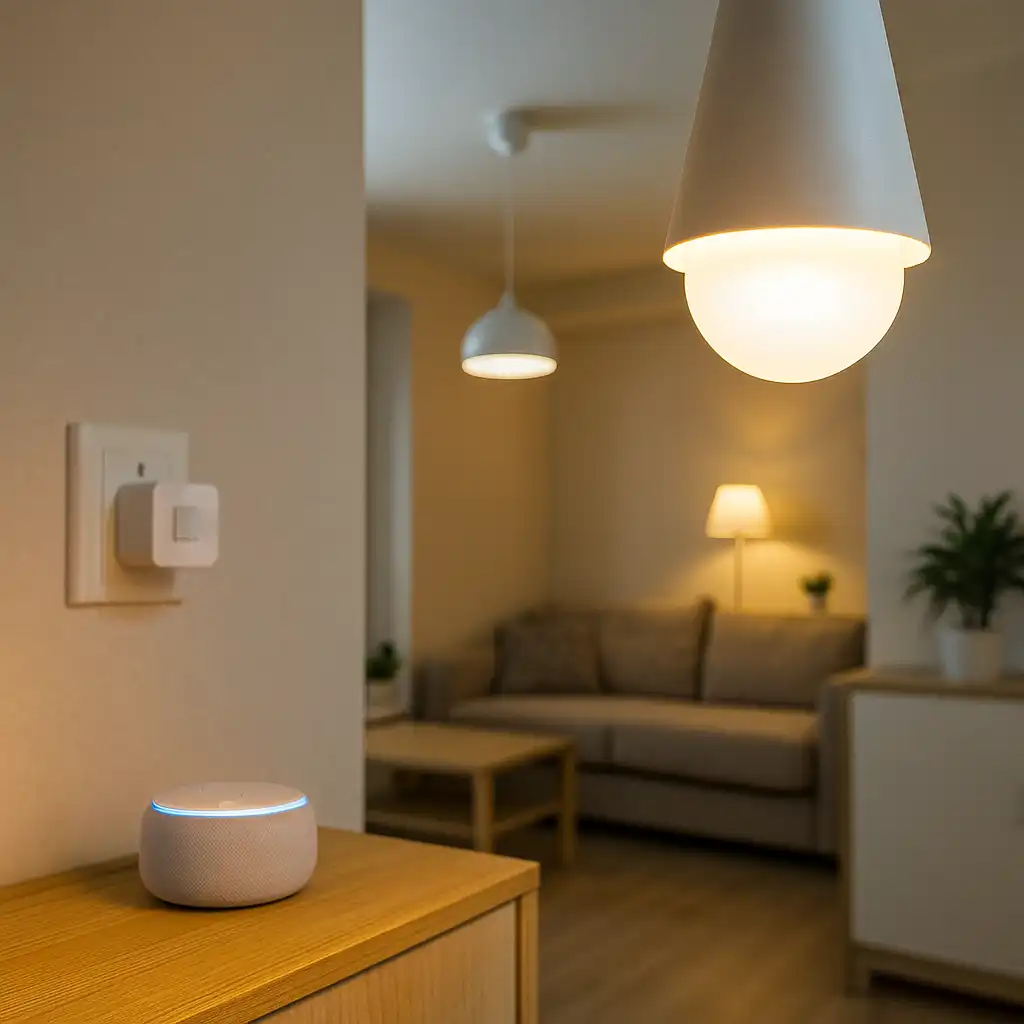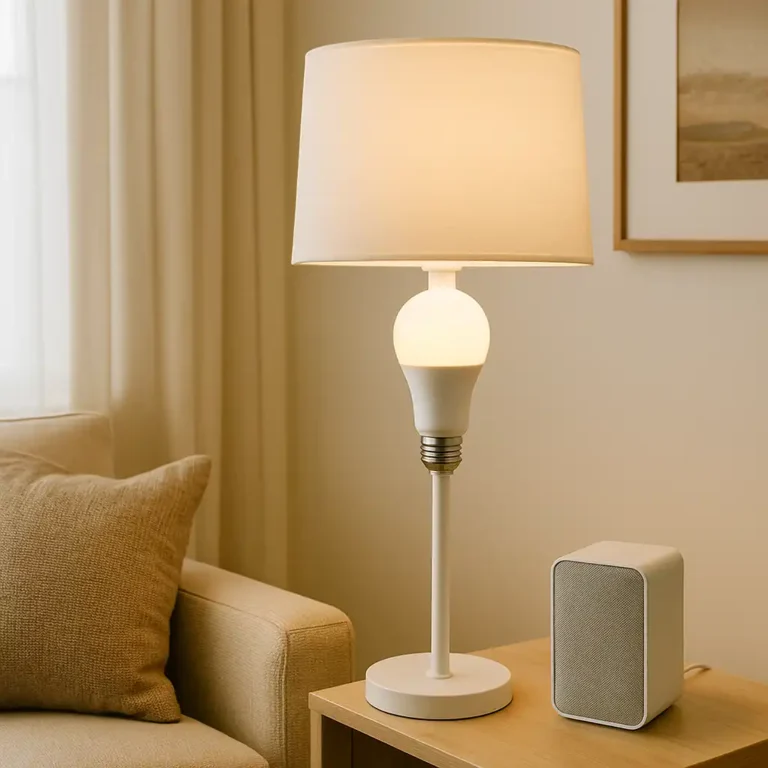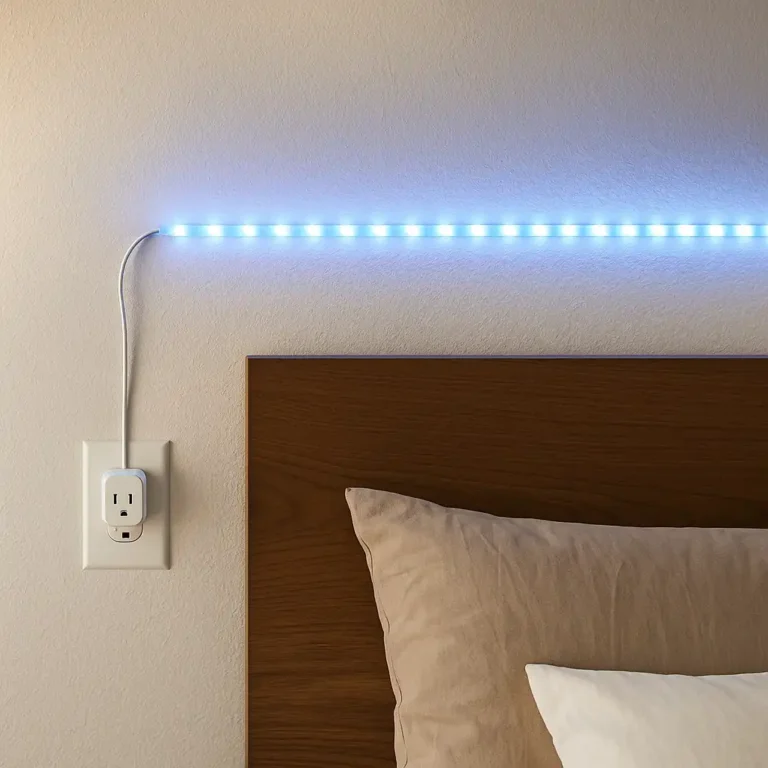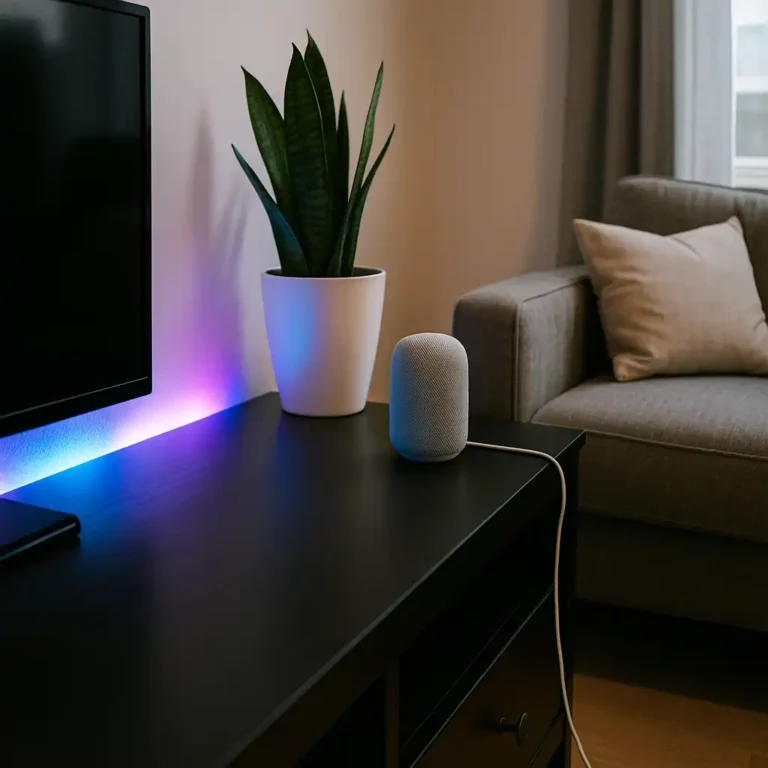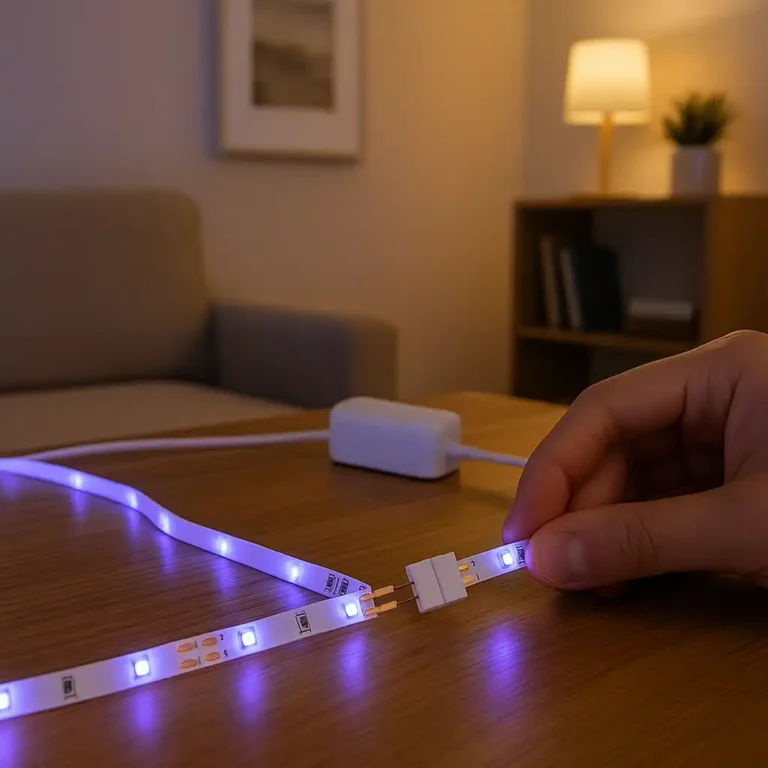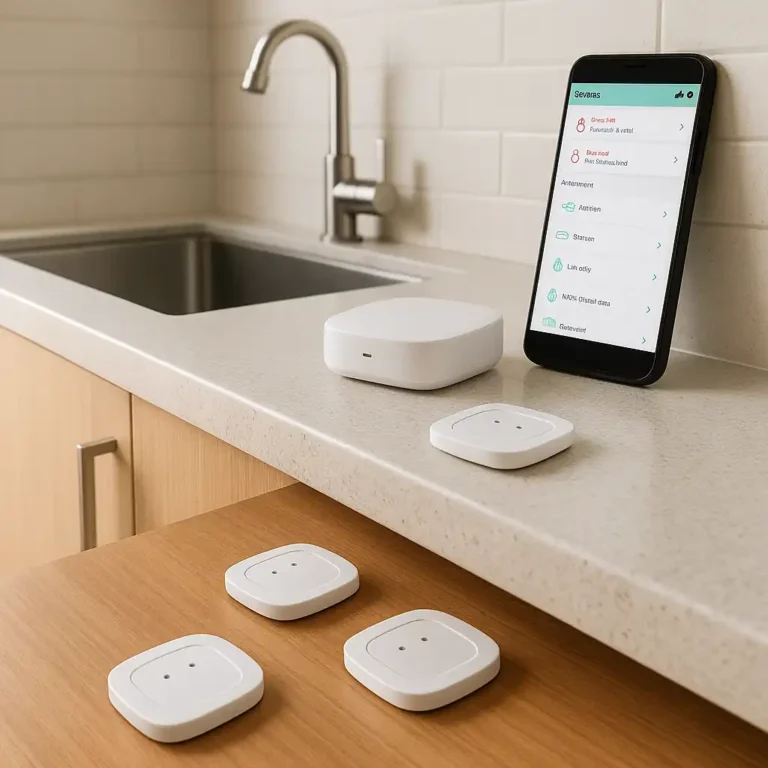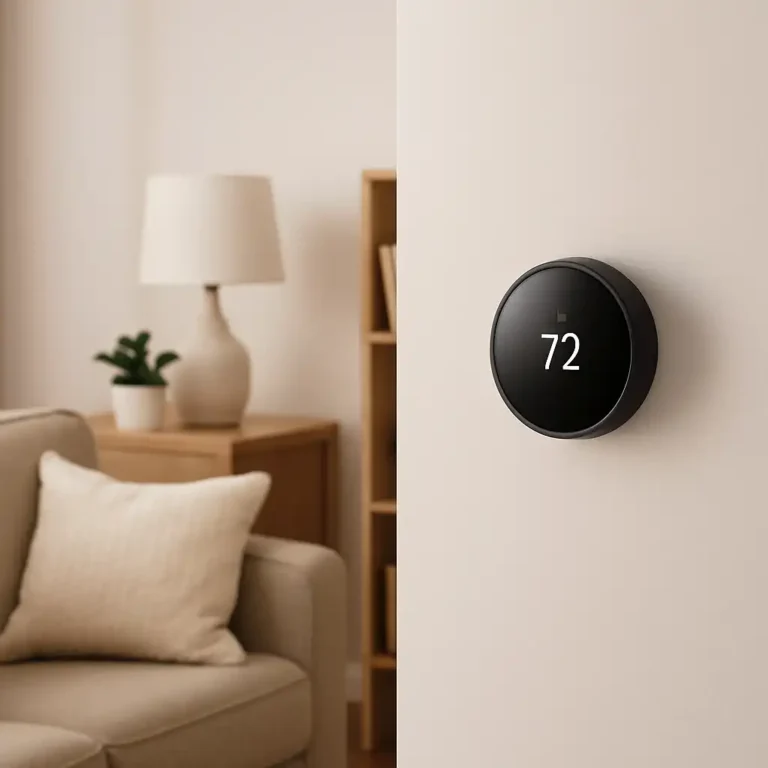Does Smart Lighting Use More Electricity – What Renters Should Know
Last Updated: September 14, 2025
Smart lighting makes rentals feel modern and convenient, but many renters wonder if it adds to the power bill. Between smart bulbs, LED strips, and connected switches, the question is whether these upgrades use extra electricity or if they’re still efficient choices.
👉 Explore more renter-friendly lighting in our best smart LED light strips guide.
🔍 Electricity Use in Smart Lighting Explained
Every power cost matters when renting, and smart lights often stay connected even when they’re “off.” It’s natural to question if this standby draw adds up. In reality, the extra use is minimal—far less than what older bulbs or ceiling fixtures would consume.
🔍 How Smart Lighting Actually Works
Smart bulbs, strips, and switches connect through Wi-Fi, Zigbee, or Bluetooth. They sip a little electricity in standby so they can respond instantly to an app or voice command. That’s why renters often ask do smart devices use more electricity. The reality is the standby use is there, but it’s very small.
🔍 Do Smart Light Bulbs Use Electricity When Off?
Yes, but the amount is minimal. A smart bulb typically uses 0.3–1 watt when it’s off but still connected. Over a full year, that might add less than a dollar to your bill. For renters, that cost is almost unnoticeable, especially since LEDs are already efficient.
🔍 Do Smart Devices Use More Electricity?
Smart plugs, hubs, and switches also draw a sliver of standby power. Even if you had several running at once, the extra cost is usually less than a single cup of coffee per year. That’s a small trade-off for the control and convenience they bring to apartment living.
👉 If you’re mixing brands or adding extensions, check our guide on are all LED light strips compatible before you buy.
🔍 Can Smart Lighting Save Money for Renters?
The same features that cause a little standby power are what help renters save. Scheduling lights to switch off automatically, dimming them in the evening, and controlling them remotely all reduce waste. That’s why the answer to does smart lighting save money is often yes — smart setups usually balance out the small standby use.
📌 Key Takeaways
- Smart lighting does use standby power, but it’s very small.
- Features like scheduling and dimming can save more energy than they consume.
- Renters can enjoy modern lighting without worrying about higher bills.
🟢 FAQs
Q: Do smart bulbs cost more to run than regular LEDs?
Only slightly. The standby draw adds just a few cents a year.
Q: Is it safe to leave smart lights connected all the time?
Yes. They’re designed for continuous use, and the draw is low.
Q: Can renters save money with smart lighting?
Yes. Timers, dimming, and app control make it easy to avoid wasted hours of lighting.
✅ Conclusion
So, does smart lighting use more electricity? Technically yes, but only a sliver. For renters, the tiny standby cost is outweighed by the savings and convenience that smart lighting adds to everyday apartment living.
